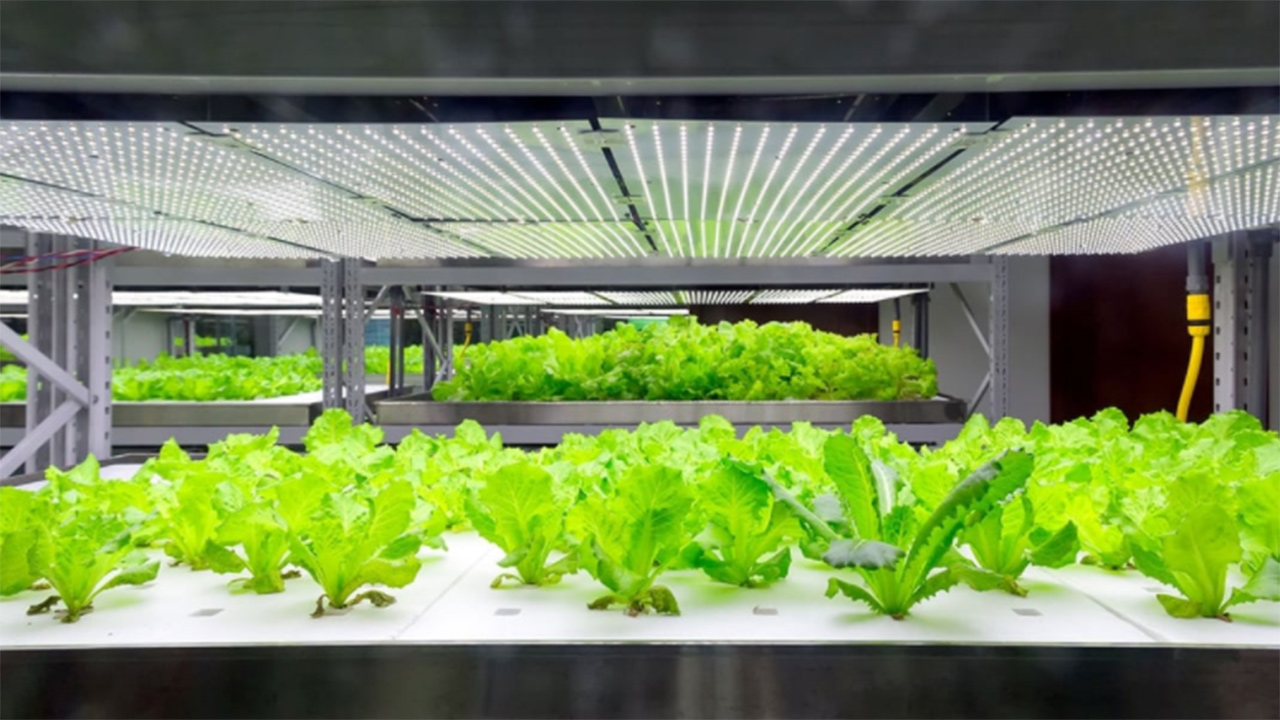Vertical farm: what they are and how it will be fully operational one of the largest in Europe, the Danish Nordic Harvest
Source: HW Upgrade added 13th Dec 2020
Talking about vertical farm means talking agriculture, at least for now, with the aim of reducing the environmental impact in several respects. Here’s what these new approaches to a millennial human activity are and how they work
by Alessandro Bordin published on 12 December 2020 , at 15: 30 in the Technology channel
Literally “vertical farm” means vertical farm , although it can be misleading since farm is an Anglo-Saxon term that also indicates the farm, where there are even animals. But let’s take it one step at a time and stay in the field of agriculture. For some time and already with various concrete applications, vertical farms have special structures that allow you to cultivate some species vegetables on several levels, with several advantages over traditional methods. Anyone who has had the opportunity to take a tour of EXPO 2105 in Milan will have seen several examples, such as those in the Israel pavilion .
If you think of agriculture, the mind imagines endless fields or immense greenhouses, usually in areas entirely dedicated to this millenary activity and certainly in the countryside. First, big difference: the vertical farm is always a building , which by its nature can be anywhere, even in the center of a city. The structures used for the vertical farm can be skyscrapers built for this purpose (farmscrapers) but also smaller buildings and warehouses, adapted or even hybrid solutions in which one part is intended for production, the other for normal residential use.
The image well explains the concept just expressed. Many tanks with overlapping soil form a modular structure, with each floor adequately illuminated and irrigated, minimizing both the appearance of unexpected and adverse weather events and that of parasites. But the biggest advantage of all is another: since they can be implemented practically anywhere, it is possible to reduce to a minimum the transport costs and the related environmental impact . In short, there are several reasons why a vertical farm has a reason to exist, especially in large cities, obviously alongside traditional production methods.
From our in-depth analysis, in fact, the vertical farms are decidedly efficient with crops that remain low in height , certainly not for wheat or maize. But it is always a potentially important contribution to the whole system, in an increasingly crowded world and with the legitimate worm of polluting less.
Electrek provides us with some data on an almost completed reality, namely one of the largest vertical farms in Europe, of the Danish Nordic Harvest . It is located in Taastrup, in the suburbs of Copenhagen, in a warehouse of 7000 square meters. Inside there are shelves from 14 floors, with robots programmed to recover the aluminum tanks containing the plant species ready for commercialization, replacing them with others containing soil and seeds. As you can read on the official Nordic Harvest website, salad, rocket, spinach and aromatic herbs such as basil, mint, parsley, coriander are grown.
The total Danish consumption of these plant species is approximately 20. 00 0 tons per year, of which two thirds are imported. When fully operational, the vertical farm of Taastrup alone will produce 1000 tons of these species, so only 20 vertical farm to cover the entire national needs. Okay, the Danes are not very many, less than 6 million, but it is a decidedly important and encouraging data for certainly more sustainable agriculture. In fact, we also arrive at the more technological and green aspect, which is also one of the reasons why you find an article of this type on our pages.
The Danish vertical farm is entirely powered by wind energy , therefore it is at 100% supported by renewable energy sources. Here too one could argue about the ease with which they like to win: Denmark is practically flat (the highest “mountain”, Møllehøj, reaches the dizzying altitude of 140 m asl), surrounded by the North Sea: there is always wind and it is no coincidence that this state is the one with the highest percentage of wind energy in the world produced on the entire requirement.
The stone that indicates the summit of Denmark, the imposing Møllehøj …
Once this necessary parenthesis is closed, in particular, more than 20. 00 0 LED, as well as an irrigation system mostly by gravity that optimizes water consumption. A facility of this kind uses one liter of water per kilogram of product, approximately 100 times less than traditional crops . The reason is obvious: the irrigation water “leaks” between the various shelves and special pipes, exploiting a large percentage of rainwater. In a traditional land crop, almost all of the irrigation water is absorbed by the underlying soil and not recovered.
In 2021 are expected well 15 collected , with the target of ben 1000 tons of production, all bringing salads and fresh herbs even to built-up areas, drastically reducing road transport . A curious note: it is one of the most “organic” productions ever, but will not enjoy the coveted certification . The EU legislation, in fact, believes for now that an “organic” product must always and in any case be linked to the concept of “soil”, which technically is the surface layer that covers the earth’s crust. No “bio” then, at least for now.
